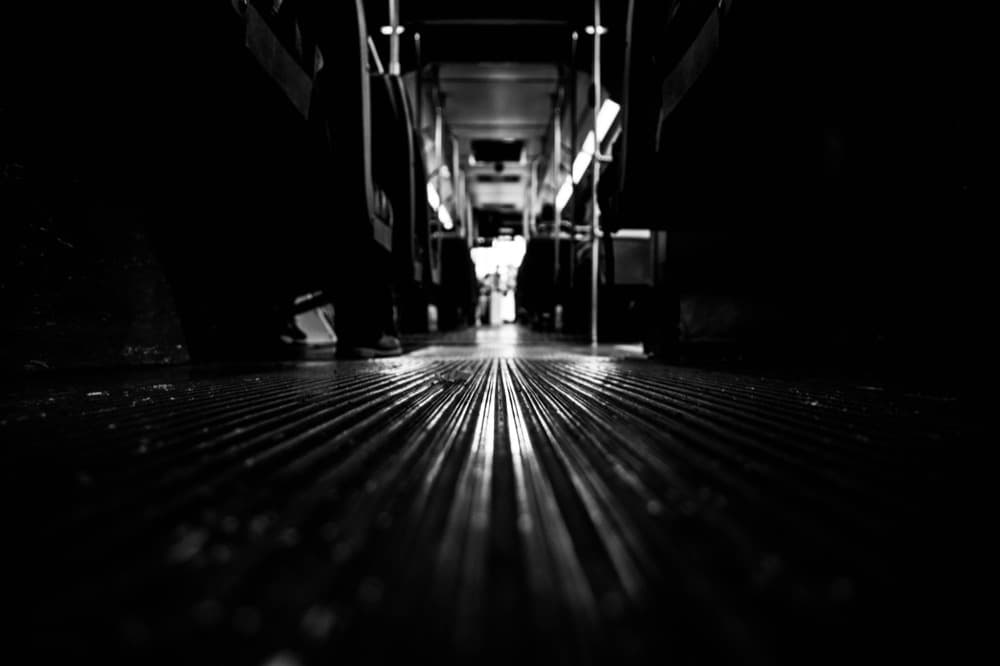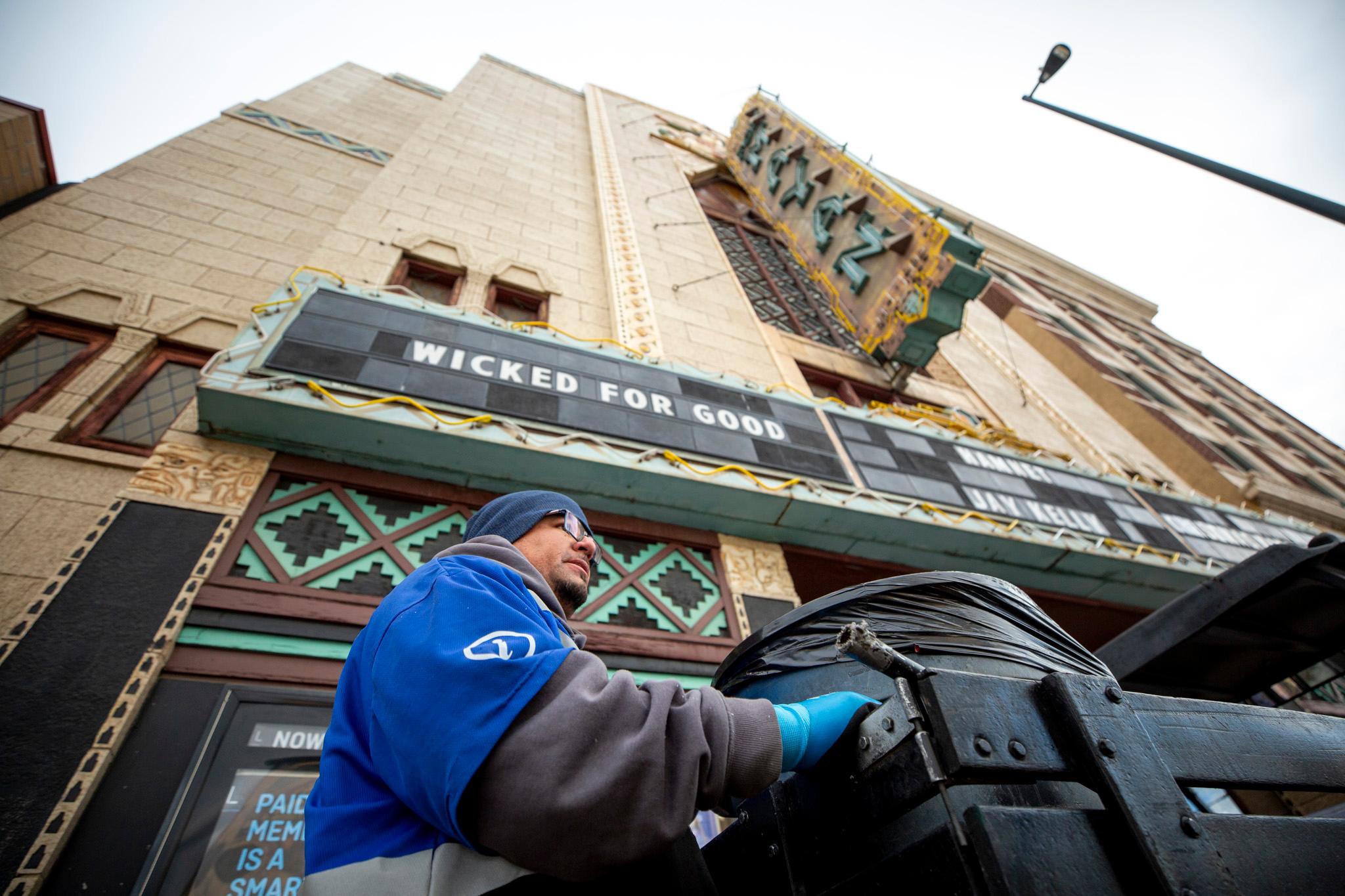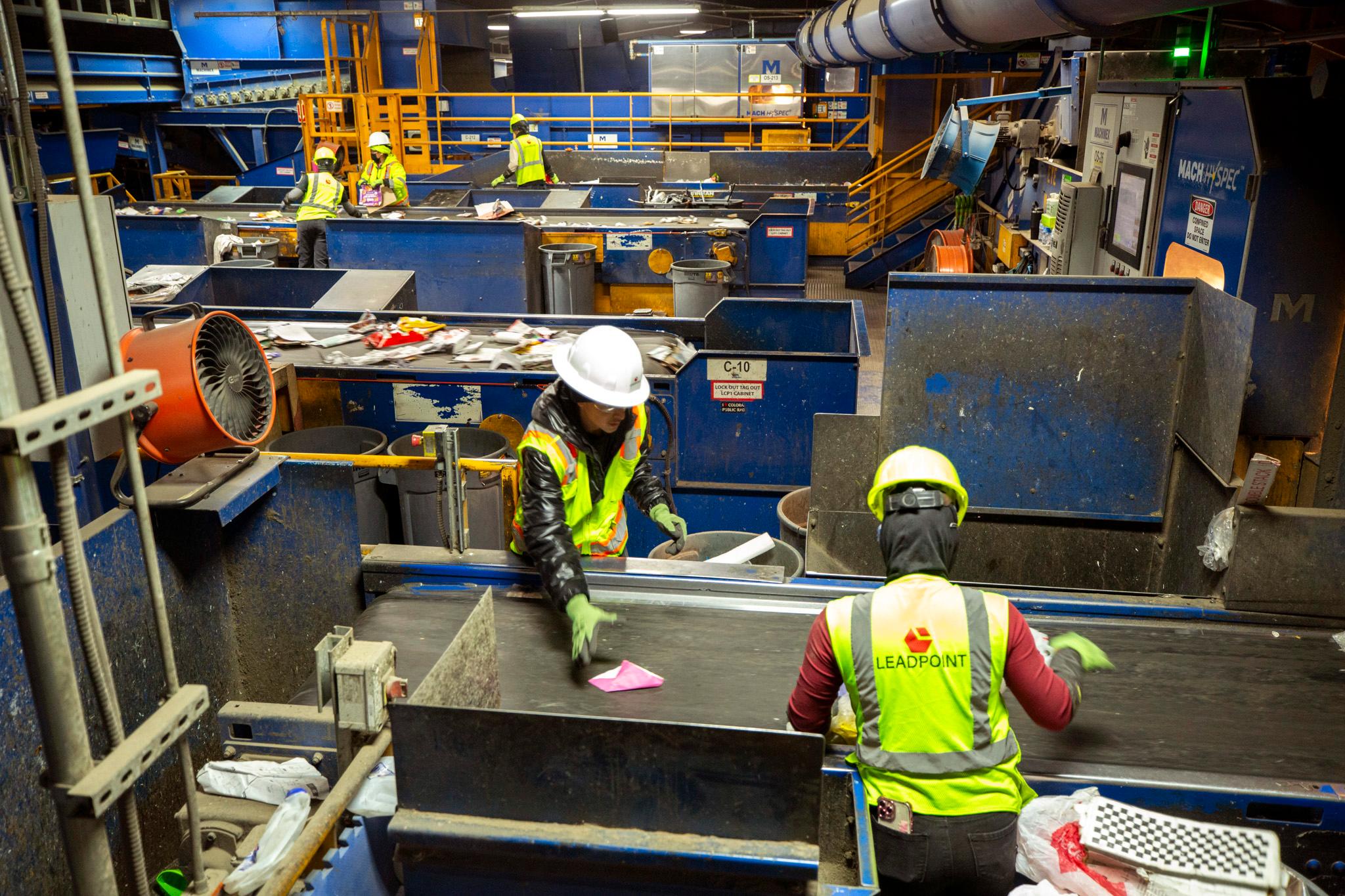
Agata Martin Indiatsi was introduced to Denver through the windows of the 15 bus down Colfax Avenue. Each day, he'd ride an hour from Aurora to reach his job at the Famous Footwear on downtown Denver's 16th Street Mall, the full length of the route.
"Every stop is a transformation, whether it's the people or it's something that happens," he told Denverite in a recent interview.
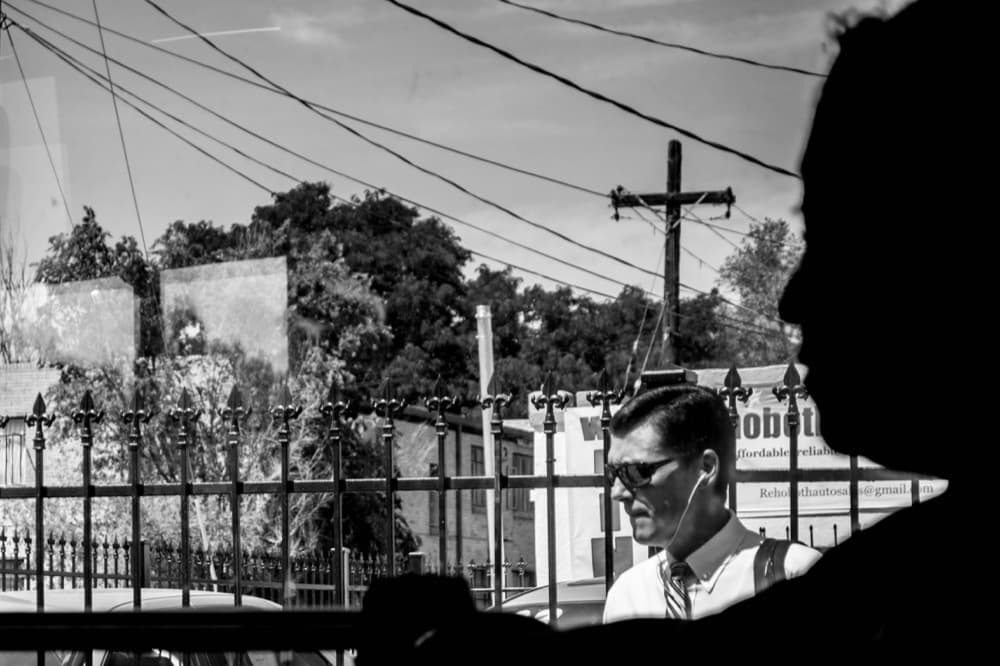
He was a new arrival in Denver in 2012, having just finished Williams College in Massachusetts. He was joined by the rest of his family. All had fled political violence in their home in eastern Kenya and Tanzania.
Outside the Colfax Avenue bus, he saw the transformations of gentrification. "Now there's a Sprouts there. Now there's a Marczyk's." On board, he met a kind of anonymous community.
"There's no small talk," he said. Even a simple courtesy could prompt stories of someone's entire day on the Colfax bus, maybe encouraged by the "amnesia" of the bus -- the freedom of talking to people you'll never see again.


"You leave the bus. There's no ties. You don't have to answer to anybody," Indiatsi said. Gradually, he felt the urge to document this place -- like he had photographed the encampment at Zucati Park during Occupy Wall Street and the nation of Haiti after its terrible earthquake. A refugee himself, he is drawn to the ways that people connect and reconnect when they are in motion.
Finally, a friend who knew of Indiatsi's remarkable photography suggested that he put together a show. The topic was obvious: the Colfax bus, where he already was literally embedded for two hours a day.
"It had been building. Now I had a reason to do it. It was just a matter of now the performance of it," Indiatsi explained.



For a month, he rode the bus not four days a week but seven. He would "get on at Havana and off at Quebec, come back this way or ride all the way to Aurora," or ride the bus two steps back to see something again, his eyes wide open, always.
"Just all these stories. Just watching and talking to people the whole time," he said. Almost every time he photographed someone's face, he had their permission. He sacrificed the element of surprise, which some street photographers pride themselves on, handing some control of the image to its subjects.
"Coming from Kenya, I've seen so many tourists come and just take photos of people -- and underscore take," he said. "... Most people are under impressions that (photographers) want to go and sell you. You'll end up in someone's gallery."
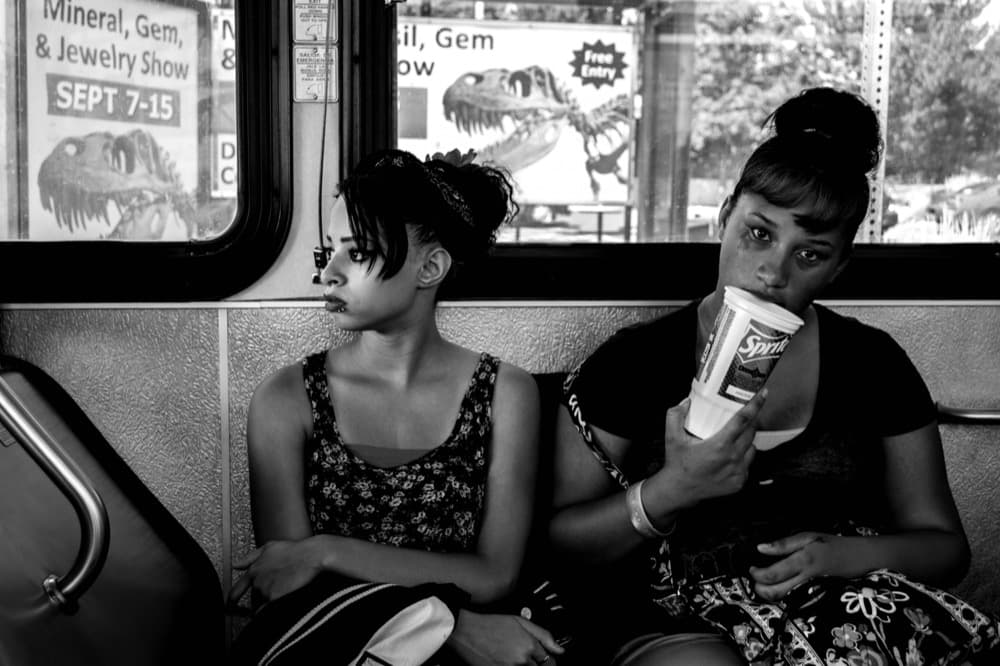



He shot some 500 exposures on the bus and along Colfax with his digital Nikon SLR, narrowing it down to a couple dozen images in all. "East Colfax highlights that diversity in movement through different neighborhoods that are demographically split," Indiatsi said.
"In the 15, it seems like almost anybody rides that bus ... It can lend itself to looking at how these different demographics interact," he said. "Whether there is aversion to one another, whether there is community."


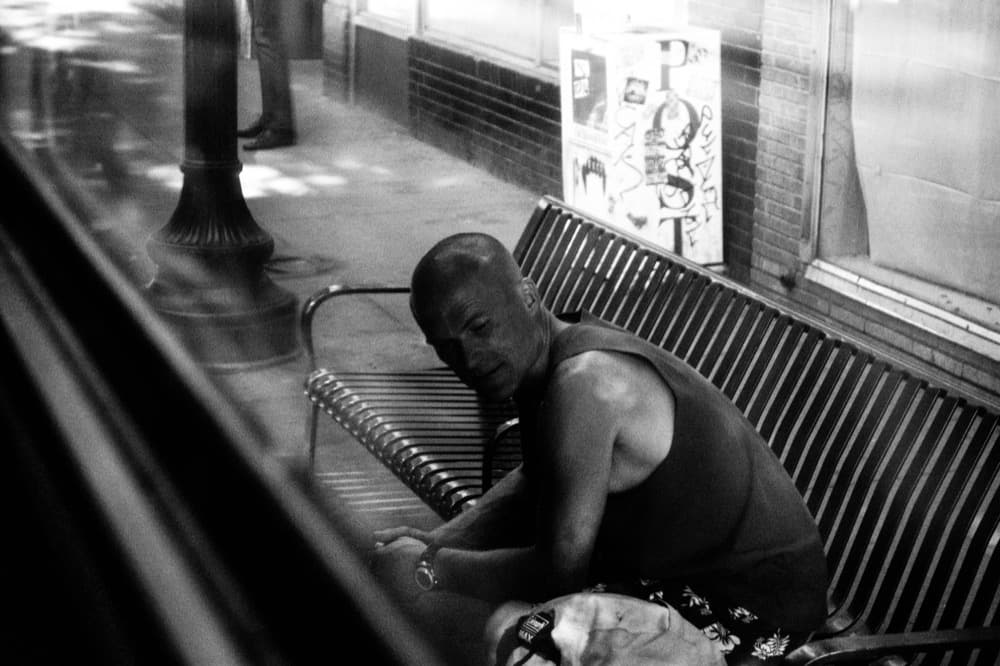
Indiatsi works today as an Uber driver and as the facility manager and a community coordinator for Galvanize, the co-working space where Denverite's office is located. Even some of his coworkers here didn't know about his photography. We only learned about it when I happened to mention our Colfax project to him.
Now he's thinking of picking up the camera again -- perhaps to shoot the pawn shops of Colfax.
For more from Indiatsi, visit his blog or email him. Many thanks to him for allowing us to republish his work.



